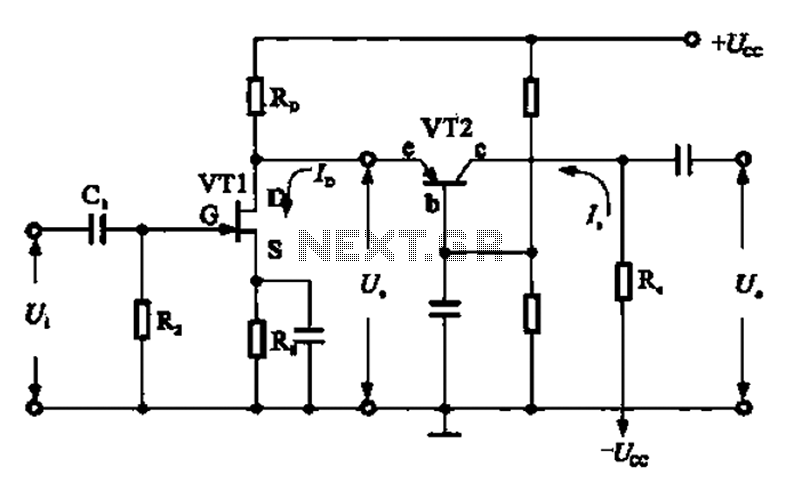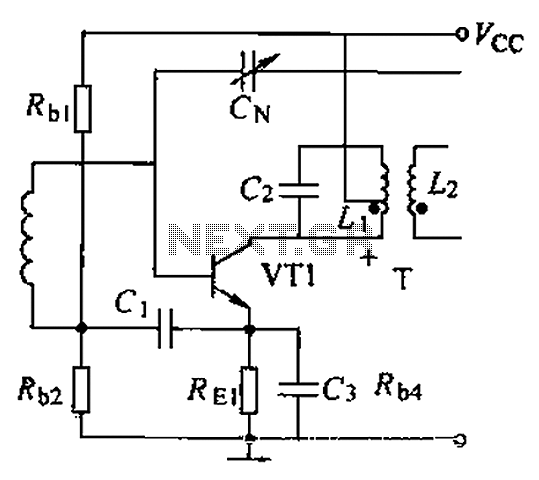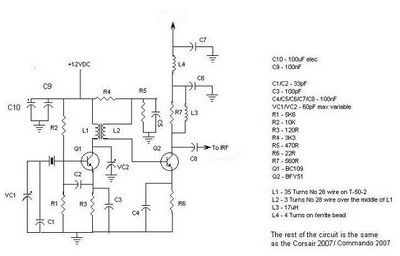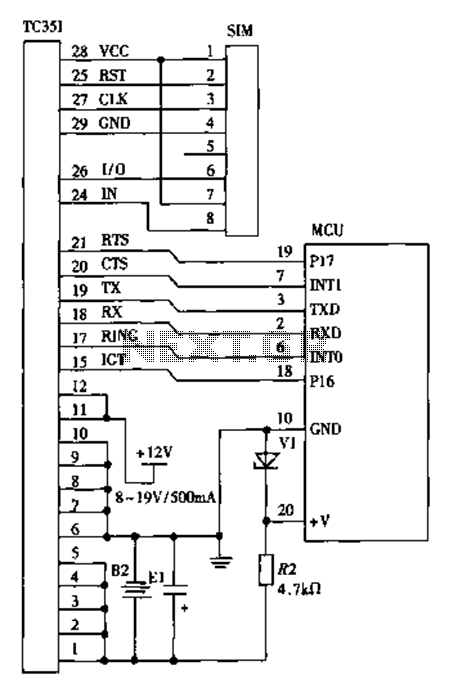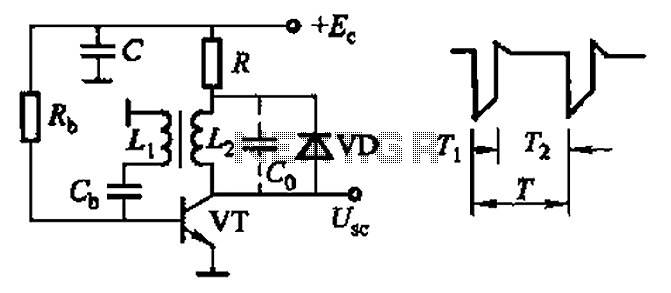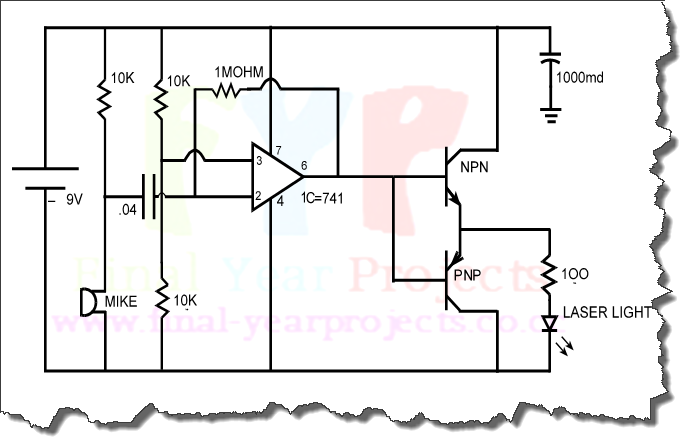
AM-Receiver for Aircraft comm (118.250MHz)
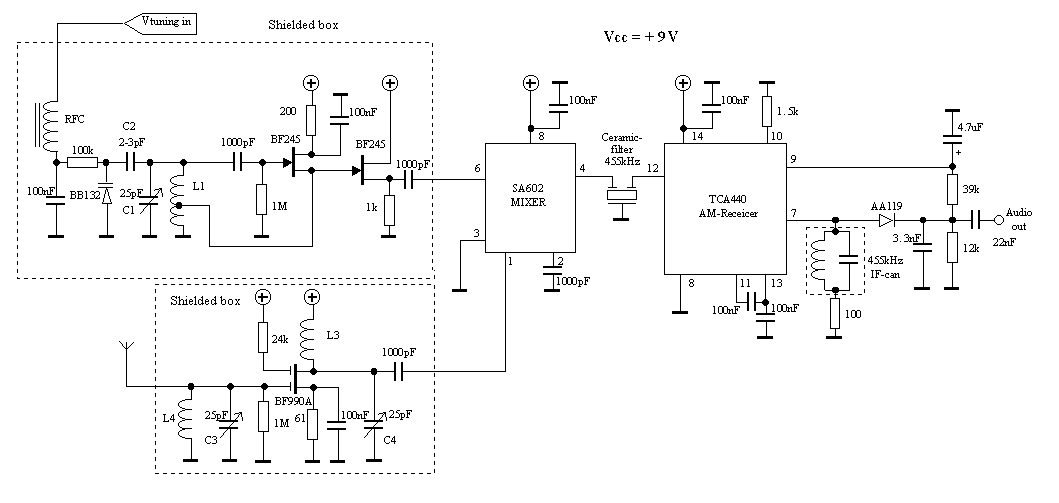
The aircraft communication in Sweden is still Amplitude Modulated (AM). The local airport (Axamo) uses the frequency 118.250 MHz. The receiver is a tunable AM-receiver for this frequency. The receiver is manually tunable within approximately 100 kHz around the 118 MHz. The output from the receiver is a low-level output (100-200 mV), so it must be connected to some kind of amplifier. The heart of the receiver is the Voltage Controlled Oscillator (VCO).
The described AM receiver operates at a center frequency of 118.250 MHz, which is commonly used for aviation communications. The receiver's architecture typically includes several key components: an RF front end, a mixer, a local oscillator, a demodulator, and an audio output stage.
The RF front end is designed to capture the incoming AM signal and filter out unwanted frequencies, allowing only the desired signal to pass through. This section may incorporate a bandpass filter centered around 118.250 MHz to enhance signal quality.
The manually tunable aspect of the receiver allows the user to adjust the frequency within a range of approximately 100 kHz, providing flexibility in tuning to different AM signals. This tuning can be achieved using a variable capacitor or an inductor in conjunction with the VCO, which generates a signal that can be mixed with the incoming RF signal.
The heart of the receiver, the Voltage Controlled Oscillator (VCO), plays a crucial role by generating a local oscillator signal that is mixed with the incoming AM signal. The VCO's frequency is controlled by a voltage input, allowing for precise tuning. The output of the VCO is fed into a mixer, where it combines with the incoming RF signal to produce an intermediate frequency (IF) signal. This IF signal is easier to process and demodulate.
The demodulation stage extracts the audio information from the AM signal, typically using envelope detection. This involves rectifying the IF signal and filtering it to recover the original audio waveform. The output from this stage is a low-level audio signal, typically in the range of 100-200 mV.
Due to the low output level, an audio amplifier is necessary to boost the signal for further processing or to drive speakers or headphones. While the specifics of the audio amplifier design are not covered, it is essential to ensure that the amplifier can handle the low-level input without introducing significant noise or distortion.
Overall, the described AM receiver is a straightforward yet effective design for receiving aviation communication signals, with key components working in unison to provide clear audio output from the AM modulated signals.The aircraft communication in Sweden is still Amplitud Modulated (AM). The local airport (Axamo) use the frequency 118.250 MHz. The reveiver I will explain is a tunable AM-receiver for this frequency. The receiver is instead manually tunable with some 100kHz around the 118MHz. The output from the receiver is a low level output (100-200mV) so you must connect it to some kind of amplifier. I will not explain how to build an audio-amplifier. The hart of the receiver is the Voltage Controlled Oscillator (VCO). 🔗 External reference
The described AM receiver operates at a center frequency of 118.250 MHz, which is commonly used for aviation communications. The receiver's architecture typically includes several key components: an RF front end, a mixer, a local oscillator, a demodulator, and an audio output stage.
The RF front end is designed to capture the incoming AM signal and filter out unwanted frequencies, allowing only the desired signal to pass through. This section may incorporate a bandpass filter centered around 118.250 MHz to enhance signal quality.
The manually tunable aspect of the receiver allows the user to adjust the frequency within a range of approximately 100 kHz, providing flexibility in tuning to different AM signals. This tuning can be achieved using a variable capacitor or an inductor in conjunction with the VCO, which generates a signal that can be mixed with the incoming RF signal.
The heart of the receiver, the Voltage Controlled Oscillator (VCO), plays a crucial role by generating a local oscillator signal that is mixed with the incoming AM signal. The VCO's frequency is controlled by a voltage input, allowing for precise tuning. The output of the VCO is fed into a mixer, where it combines with the incoming RF signal to produce an intermediate frequency (IF) signal. This IF signal is easier to process and demodulate.
The demodulation stage extracts the audio information from the AM signal, typically using envelope detection. This involves rectifying the IF signal and filtering it to recover the original audio waveform. The output from this stage is a low-level audio signal, typically in the range of 100-200 mV.
Due to the low output level, an audio amplifier is necessary to boost the signal for further processing or to drive speakers or headphones. While the specifics of the audio amplifier design are not covered, it is essential to ensure that the amplifier can handle the low-level input without introducing significant noise or distortion.
Overall, the described AM receiver is a straightforward yet effective design for receiving aviation communication signals, with key components working in unison to provide clear audio output from the AM modulated signals.The aircraft communication in Sweden is still Amplitud Modulated (AM). The local airport (Axamo) use the frequency 118.250 MHz. The reveiver I will explain is a tunable AM-receiver for this frequency. The receiver is instead manually tunable with some 100kHz around the 118MHz. The output from the receiver is a low level output (100-200mV) so you must connect it to some kind of amplifier. I will not explain how to build an audio-amplifier. The hart of the receiver is the Voltage Controlled Oscillator (VCO). 🔗 External reference
